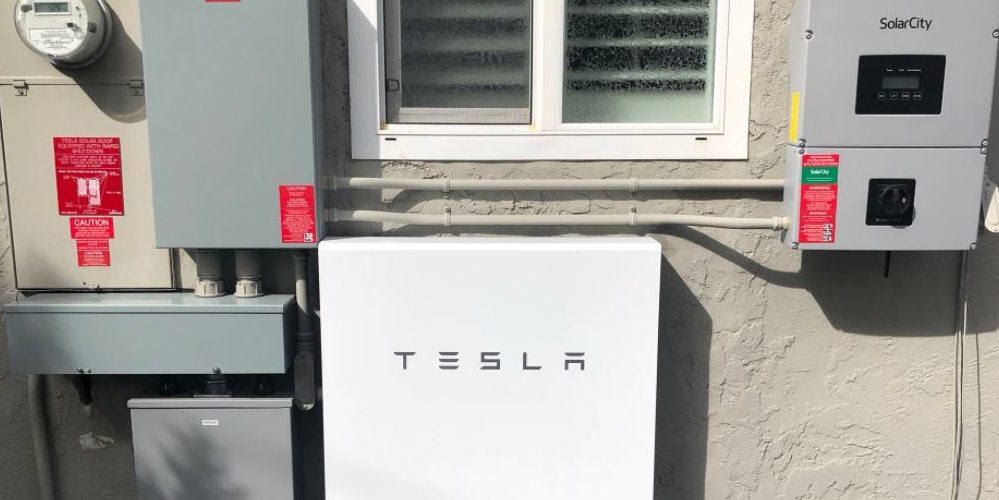Energy democracy includes a vision of individual empowerment, while existing within and being a contributing member of our broader human society. Customer-sited solar electricity and energy storage exactly fits into this philosophy.
The California Solar and Energy Storage Association (CALSSA) released a white paper, Barriers to Maximizing the Value of Behind-the-Meter Distributed Energy Resources (14-page pdf), detailing legislative barriers that prevent customer-sited solar and storage from maximizing its potential as a grid resource. The document suggests solar+storage can provide numerous values to the electric grid – including energy, system capacity, local generation and distribution capacity, voltage support, and other ancillary services.
CALSSA discusses five main barriers in the document:
- Program Participation Exclusions in Utility Solicitations
- Prohibitions on Participating in Multiple Utility Programs
- Dual Participation Limits in Demand Response Programs
- Capacity Credit Limitations and Availability Requirements in Demand Response Programs
- Lack of Clarity in Demonstrating Incrementality vis-à-vis DER Adoption Forecasts
The document then focuses on specific pieces of legislation and procurement processes, and suggests refinements to those laws. For instance, regarding energy storage resources participating in multiple utility programs, CALSSA notes that Resolution E-4889 suggests that the California Public Utilities Commission supports that participation in another program, such as Self-Generation Incentive Program (SGIP), demand response, or net energy metering should not preclude participation in a distribution services solicitation, as long as the bidder can show that the system will be operated in a way that provides an incremental service. Other laws support this logic also, however, CALSSA notes that solicitations for local capacity continue to include categorical exclusions. CALSSA suggests The CPUC should clarify that the intent of Resolution E-4889 is to allow for participation in other programs and should explicitly extend this provision to cover new resources as well.
Market participants have recognized this opportunity in the system and have moved into the niche. Stem focuses on the behind the meter energy storage market with commercial and industrial customers averaging around 750 kWh. The company installs regular energy storage solutions, agnostic of battery manufacturer (as long as lithium ion these days), and the customer benefits from this regular energy storage system. Then Stem adds in its magic dust: the company focuses its sales outreach in strategic markets where utilities allow distributed energy storage to participate in some of the markets noted above by CALSSA. Once Stem gets these agreements, the company will manage the distributed systems as if they were a single resource – and split the revenue gained with the company hosting the system. Stem is managing to make greater use of the underutilized pieces of distributed energy storage – much like solar power does with rooftop space.
And there are plenty of startups out there with a similar logic- like Texas power grid focused MYVPP – looking to maximize home energy storage in the same way that STEM is doing in the commercial and industrial space.
With California’s solar mandate also pushing intelligently connected residential energy storage, it could be a short while before a massive numbers of homeowners start to push their legislators to make better use of their investments.
This content is protected by copyright and may not be reused. If you want to cooperate with us and would like to reuse some of our content, please contact: editors@pv-magazine.com.









By submitting this form you agree to pv magazine using your data for the purposes of publishing your comment.
Your personal data will only be disclosed or otherwise transmitted to third parties for the purposes of spam filtering or if this is necessary for technical maintenance of the website. Any other transfer to third parties will not take place unless this is justified on the basis of applicable data protection regulations or if pv magazine is legally obliged to do so.
You may revoke this consent at any time with effect for the future, in which case your personal data will be deleted immediately. Otherwise, your data will be deleted if pv magazine has processed your request or the purpose of data storage is fulfilled.
Further information on data privacy can be found in our Data Protection Policy.